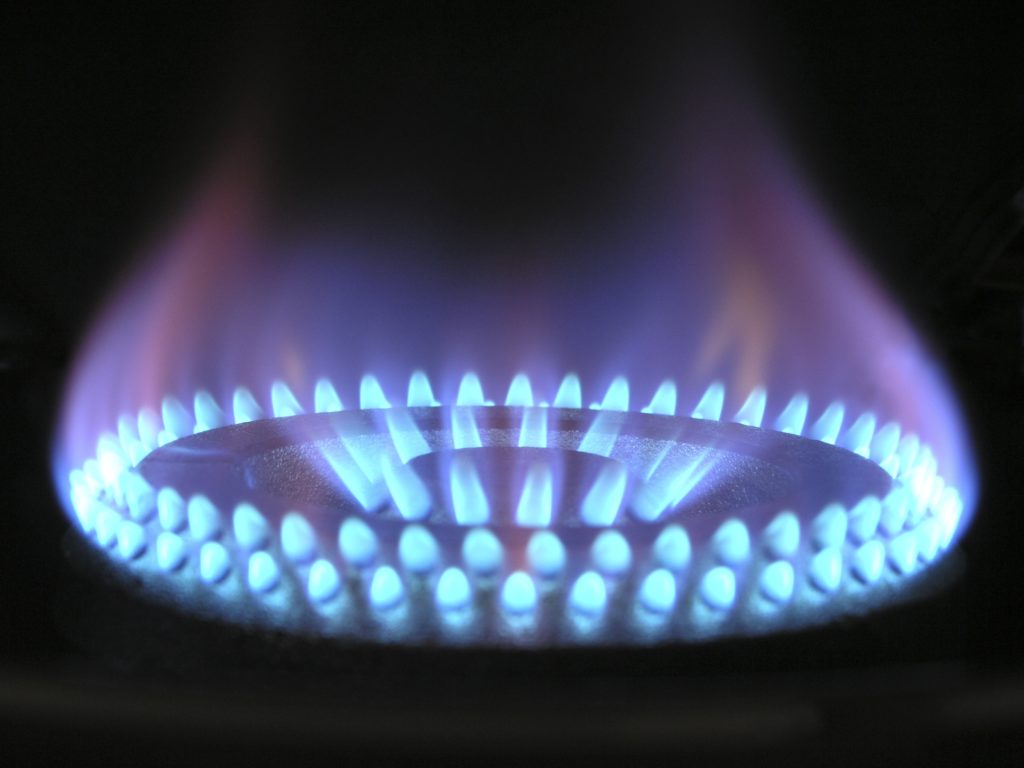If you’ve ever tried to get in on a highly anticipated NFT drop, you may have experienced a large spike in transaction fees and, probably, a failed transaction; welcome to your first gas war. Gas wars are one of Game Theory’s unfortunate consequences; a side effect of human decision making. They’re natural, but that doesn’t mean they can’t be managed. The solution starts with defining the problem.

Firstly, let’s understand gas fees:
A gas fee is a transaction fee that is paid whenever an action happens on the blockchain, and it depends on two things: the type of transaction and the activity on the network.
The type of transaction
Sometimes this fee is small, like when you’re sending crypto to someone else. This is because sending crypto doesn’t involve putting a lot of data on the blockchain. Minting an NFT, on the other hand, requires more data to be placed on the blockchain, so it costs more; roughly by about a factor of ten. The basic reason for this is that the space available for data on the blockchain is limited. So the larger the transaction, the more of that limited space it occupies. This scarcity of space brings us to the second reason: the demand for it.
Activity on the network
When there are many people trying to occupy the same space, people can increase their gas fee to try to ensure that their transactions go through. The increase in gas fee goes to the miner to incentivize them to pick up your transaction. Miners will receive a bevy of transactions and are understandably motivated to go with those that will pay them the most.

Gas Controls
If a transaction is submitted but ends up not having enough gas, then it may not go through. There are a few courses of action available. Either double down on the transaction by speeding it up and adding gas to it, an option your wallet should allow, or cancel the transaction entirely, which will return your gas. Otherwise, your transaction may fail and return the amount you were trying to send, but the gas paid for the transaction will be completely lost.
These days, most people have come to understand that paying higher gas fees is necessary to participate in most drops. If one doesn’t pay enough, they may not get in on the drop at all and will be relegated to scouring the secondary market beyond losing the gas that they did pay.

Game Theory ( + Obligatory Diagram)
| Mary Bids Low | Mary Bids High | |
| Mike Bids Low | Both pay low gas fees
& Both have a chance to get NFTs |
Mary gets the NFT |
| Mike Bids High | Mike gets the NFT | Both pay high gas fees
& Both have a chance to get NFTs |
Game Theory says that the ideal circumstance is the one that benefits the individual regardless of what the other person does. So, either person may lose to the other if they pay a lower gas fee than someone else. This motivates people to ensure their best interests and allocate as high a gas fee as they are willing to spend, because of what the other might do.

Examples from the Wild
As projects look for long-term success, they must be able to establish strong communities that care about the project and not just the price. This happens by ensuring passionate and early supporters are not made to match gas fees with some of the largest whales.
Speaking on the subject, Link from the 0N1FORCE project said, “It takes a lot of creativity to overcome gas wars, and a lot of other projects had to fail for us to succeed.” 0N1FORCE’s early adopter program was provided to those who positively engaged with the community and cultivated a great atmosphere of positivity as a result.
A pre-sale mechanic enables actual community engagement and, if implemented in a clever way, could be the best method to decentralize a project, enable true price discovery, and mass participation. Other projects to implement this include Space Poggers and Monster Blocks by allowing limited early access to community members, enabling them to buy 1 and 3 NFTs, respectively.

In the Space Poggers’ case specifically, the pre-sale enabled just over 850 owners to claim a single Pogger. They claimed 850/12000 and the floor price was 3x the cost at 0.21Ξ ahead of the public sale. As soon as minting opened to the public, a ridiculous gas war ensued, and prices went as high as ~800 gwei, or ~$400 to mint. Approximately 11,000 more NFTs were sold, but distributed amongst only an additional 1,500 owners. The total owner count has held at 2.3k ever since, and the price floor is at .18Ξ, up from the 0.07Ξ cost but down from the high of 0.21Ξ.
A Tried and Tested Solution
Allowing early community members to mint an NFT by incorporating a pre-sale mechanic ensures that it’s earliest supporters aren’t left biting the dust. Often, these are the people most dedicated to a project’s vision and are those that would contribute most to its ability to achieve that vision. They are the ones who tell their friends and family about these projects, excited at the prospect of being part of a welcoming community. These supporters would be the ones representing the NFT and the project to the fullest.

NFT projects should not neglect the power of this force, and it’s counter; whales may buy up many NFTs from a project, and lead to a quick sell-out. More often than not though, these whales will trickle their supply onto the secondary market whenever the price rises, hurting its ability to do so. In contrast, community members purchasing a single NFT often plan on holding it for a while.
Gas wars can be remedied with community focused-planning, so it’s up to the community to ensure that future projects understand the true value of community. We all participate in projects we buy into, and we can influence the direction these projects go. That direction should bring us together, not pit us against each other.



